Home>Home Maintenance>How To Estimate Home Repairs
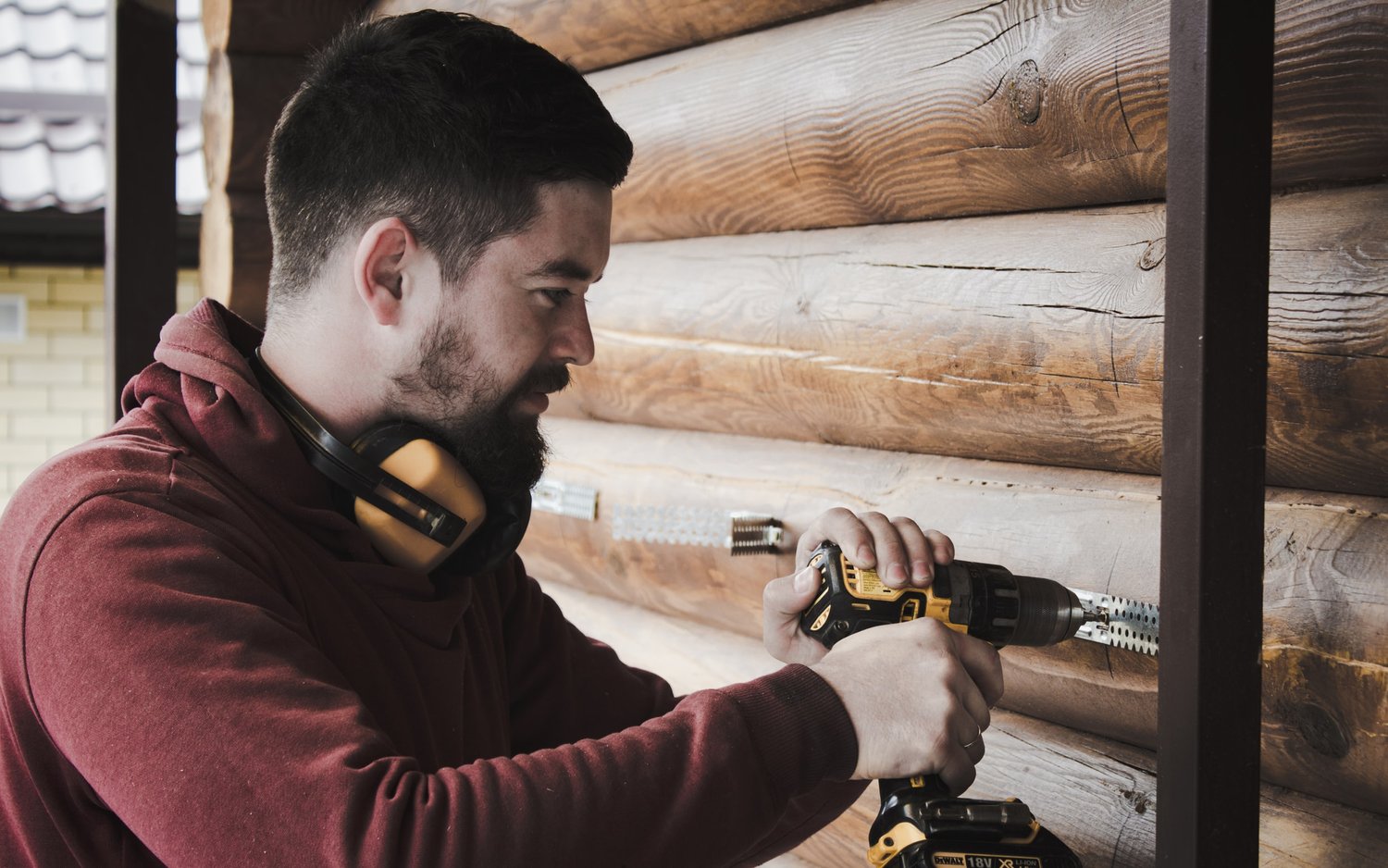

Home Maintenance
How To Estimate Home Repairs
Modified: March 6, 2024
Learn how to estimate home repairs and calculate the cost of home maintenance projects with our comprehensive guide. Save time and money by accurately budgeting for your next home improvement endeavor!
(Many of the links in this article redirect to a specific reviewed product. Your purchase of these products through affiliate links helps to generate commission for Storables.com, at no extra cost. Learn more)
Introduction
Welcome to our comprehensive guide on how to estimate home repairs! As a homeowner, it’s important to have a clear understanding of the costs involved in maintaining and repairing your home. Whether you’re dealing with a leaky roof, a faulty electrical system, or a cracked foundation, knowing how to estimate the expenses can help you budget effectively and make informed decisions.
Assessing the damage and accurately estimating the cost of repairs can be a daunting task, especially if you’re not familiar with the process. That’s why we’ve put together this guide to provide you with the knowledge and tools you need to effectively estimate home repairs.
Throughout this guide, we’ll walk you through the step-by-step process of estimating home repairs, including assessing the damage, researching material costs, obtaining quotes from contractors, calculating labor costs, factoring in additional expenses, and creating a budget. We’ll also provide tips on monitoring the progress of your repairs and ensuring that the work is completed to your satisfaction.
It’s important to note that while this guide can provide you with a general understanding of the estimation process, it’s always recommended to consult with professionals for accurate assessments and detailed quotes. Every home repair project is unique, and factors such as location, materials, and the severity of the damage can greatly impact the final cost.
Estimating home repairs is not an exact science, but with the right knowledge and resources, you can make informed decisions and ensure that your home remains in good condition. So, let’s get started with the first step: assessing the damage.
Key Takeaways:
- Assessing the damage is the first step in estimating home repairs. Look for visible signs of damage, consider the severity, and document the problem to understand the repairs needed.
- Creating a budget and monitoring the progress are crucial for successful home repairs. Keep track of expenses, communicate with contractors, and be prepared for unexpected costs to ensure a satisfactory outcome.
Read more: How To Estimate Plumbing Costs
Assessing the Damage
Before you can estimate the cost of home repairs, you need to assess the extent of the damage. This step is crucial in determining the scope of the project and understanding the repairs needed.
Start by conducting a thorough inspection of the affected area. Whether it’s a leaky roof, a cracked wall, or a malfunctioning appliance, closely examine the problem to identify all visible signs of damage. Look for any water stains, cracks, leaks, or other indicators that may indicate underlying issues.
Next, consider the severity of the damage. Is it a minor issue that can be easily fixed, or is it a major problem that requires extensive repairs? Assess the impact of the damage on the overall structure of your home and evaluate the potential risks it poses. This will help you determine the urgency and priority of the repairs.
It’s also important to consider the age of your home and its systems. Older homes are more prone to issues such as faulty wiring, plumbing leaks, or worn-out foundations. Take note of any pre-existing conditions or ongoing maintenance needs that may contribute to the repair costs.
Once you’ve assessed the damage, it’s a good idea to take photographs or video recordings to document the extent of the problem. This documentation will serve as evidence for insurance claims, contractor evaluations, and future reference.
Keep in mind that while you may be able to identify some visible damage, there may also be hidden or underlying issues that require professional expertise to identify. In such cases, it’s advisable to consult with experienced contractors or specialists who can perform a more comprehensive assessment.
By thoroughly assessing the damage, you’ll have a clearer understanding of the repairs needed and be better equipped to estimate the costs involved. With this information in hand, you can move on to the next step: researching material costs.
Researching Material Costs
Once you have assessed the damage and have a clear understanding of the repairs needed, the next step in estimating home repairs is to research material costs. Understanding the cost of the materials required for your project is essential for setting an accurate budget.
Start by making a list of all the materials you will need for the repairs. This can include anything from lumber and nails to plumbing fixtures and electrical components. Take note of the quantity and quality of each item to ensure an accurate estimation.
Next, research the prices of these materials from various suppliers. Visit local hardware stores, home improvement centers, and online retailers to gather information on the cost of the materials. Make sure to compare prices from different sources to find the best deals.
In addition to comparing prices, consider the quality of the materials you are researching. While it may be tempting to go for the cheapest options, keep in mind that low-quality materials may not last as long or provide the desired results. Balancing cost and quality is crucial to ensure the longevity and effectiveness of your repairs.
Take note of any discounts, promotions, or seasonal sales that may be available. Timing your purchases strategically can help you save money and reduce the overall cost of your repairs. Keep in mind that material prices can fluctuate, so it’s important to factor in potential price changes when estimating your budget.
Another important aspect to consider is whether any specialty or custom materials are required for your project. These materials may be harder to find or more expensive, so it’s essential to research their availability and cost in advance. Consulting with professionals or contractors specialized in the specific repairs you need can help you identify any unique materials needed.
By thoroughly researching material costs, you’ll have a better understanding of the expenses involved in your home repairs. This knowledge will allow you to set a realistic budget and make informed decisions when purchasing materials for your project. Once you have determined the material costs, you can move on to the next step: obtaining quotes from contractors.
Obtaining Quotes from Contractors
When estimating home repairs, it’s essential to obtain quotes from contractors to get a clear idea of the labor costs involved. Hiring professionals ensures that the repairs are done efficiently and up to code, but it’s important to find a contractor who offers quality work at a fair price.
Start by researching reputable contractors in your area who specialize in the type of repairs you need. Ask for recommendations from friends, family, or neighbors, and check online review sites for feedback and ratings. Narrow down your list to a few potential contractors who have a good reputation and are experienced in handling similar projects.
Contact these contractors and provide them with detailed information about the repairs needed. This can include the scope of the project, any specific materials you have already researched, and any additional requirements or preferences you may have. The more information you provide, the more accurate the quotes will be.
Invite the contractors to visit your home and assess the damage in person. This will allow them to provide a more accurate quote by evaluating the specific conditions and complexities of the repairs. During the site visit, ask any questions you may have and discuss your expectations and timeline for the project.
When obtaining quotes, it’s important to request a written estimate. This should include a breakdown of the costs, including labor, materials, and any additional fees or expenses. Compare the quotes from different contractors to get a sense of the average price range for your repairs.
While it may be tempting to choose the lowest quote to save money, it’s crucial to consider other factors as well. Look for contractors who have proper licensing, insurance, and certifications. Check if they offer warranties on their work and ask for references from previous clients to gauge their reliability and quality of craftsmanship.
Remember that the cheapest option may not always be the best choice in terms of quality and expertise. Balance cost with the reputation and experience of the contractor to ensure that the repairs are done to your satisfaction.
By obtaining quotes from contractors, you’ll have a better understanding of the labor costs involved in your home repairs. This information will help you set a realistic budget and make an informed decision when selecting a contractor for the job. Once you have the quotes, you can move on to the next step: calculating labor costs.
Calculating Labor Costs
When estimating home repairs, it is essential to include labor costs in your budget. The skilled work provided by contractors or professionals is a significant component of the overall cost of repairs. Calculating labor costs accurately is crucial for setting a realistic budget and ensuring that you have the necessary funds for the project.
When it comes to labor costs, there are a few factors to consider. The first is the hourly rate of the contractor or professional you hire. The rates can vary depending on location, experience, and the type of repair needed. It is important to research and obtain quotes from multiple contractors to get an idea of the average hourly rate in your area.
Next, consider the estimated duration of the project. Contractors typically provide an estimated timeline for completing the repairs. Multiply the hourly rate by the number of hours the contractor expects to spend on the project to calculate the labor cost for that specific task.
Keep in mind that labor costs can vary depending on the complexity of the repair. Some jobs may require specialized skills or additional manpower, which can impact the overall cost. Discuss the details of the project with the contractor during the site visit, and ask for a breakdown of the labor costs based on different tasks or stages of the repair.
When calculating labor costs, it is important to be realistic and allow for potential delays or unforeseen issues that may arise during the repair process. Adding a buffer to your budget can help you avoid surprises and ensure that you have enough funds to cover any unexpected labor expenses.
It’s worth noting that DIY repairs can help you save on labor costs, but it’s important to assess your own skills and knowledge before embarking on a project. Some repairs may require expertise or tools that you don’t possess, and attempting them yourself could lead to further damage or safety hazards. If you’re unsure about your abilities, it’s best to hire a professional.
By accurately calculating labor costs, you’ll have a better understanding of the total expenses involved in your home repairs. This knowledge will help you set a realistic budget and ensure that you have the funds to cover both the material and labor costs. Once you have calculated the labor costs, you can move on to the next step: factoring in additional expenses.
When estimating home repairs, always get multiple quotes from different contractors to ensure you are getting a fair price for the work needed.
Factoring in Additional Expenses
When estimating home repairs, it’s crucial to account for additional expenses that may arise throughout the project. These expenses can include unforeseen repairs, permits, disposal fees, and other miscellaneous costs. Factoring in these additional expenses is essential for setting a comprehensive budget and avoiding any financial surprises.
One of the most common additional expenses is unexpected repairs or issues that may be uncovered during the repair process. As contractors begin the work, they may discover underlying problems that need immediate attention. It’s important to have some flexibility in your budget to accommodate these unforeseen repairs.
Permits are another additional expense to consider. Depending on the scope of the project and local regulations, you may need to obtain permits before starting certain repairs. Permit costs can vary depending on the location and the type of repairs being done. Research the necessary permits and their associated fees to include them in your budget.
Disposal fees are often overlooked but can add up. If you’re replacing materials or appliances, you may need to pay for the proper disposal of the old items. Whether it’s hiring a waste removal service or renting a dumpster, make sure to include this cost in your budget to avoid any unexpected expenses.
In addition to these specific expenses, it’s wise to set aside a percentage of your budget as a contingency fund. This fund can cover unexpected costs or changes in the scope of the project. Ideally, you should allocate 10-20% of the total estimated cost as a contingency fund, depending on the complexity of the repairs and any known risks associated with the project.
Keep in mind that while it’s important to be prepared for additional expenses, you should also be cautious about unnecessary costs. Avoid overestimating or including unnecessary items in your budget that may not be required for the repairs. Carefully evaluate each expense and determine its necessity before including it in your budget.
By factoring in additional expenses, you’ll have a more comprehensive understanding of the total costs involved in your home repairs. This will help you set a realistic budget and ensure that you have the funds to cover any unexpected expenses that may arise during the project. Once you have accounted for these additional expenses, you can move on to creating a budget.
Creating a Budget
Creating a budget is a crucial step in estimating home repairs. It allows you to have a clear understanding of the total costs involved and ensures that you allocate your funds appropriately. A well-planned budget will help you stay on track financially and avoid any unexpected expenses.
Start by adding up all the estimated costs you have gathered so far. This includes the material costs, labor costs, and any additional expenses you identified. Be sure to account for taxes and any fees associated with permits or disposal.
Next, consider your available funds. Review your savings, any allocated budget specifically for home repairs, and any loans or financing options you may have. Determine how much you are willing and able to spend on the repairs.
If your estimated costs exceed your available funds, you may need to explore cost-saving options or consider prioritizing the most crucial repairs. You can also consider alternative financing options such as home improvement loans or lines of credit.
Once you have determined your total estimated costs and available funds, it’s time to create a budget framework. Divide your estimated costs into categories such as materials, labor, permits, and contingency. Allocate a specific percentage or amount for each category based on the information you have gathered.
Make sure to leave some room in your budget for unexpected expenses or changes in the scope of the project. Setting aside a contingency fund within your budget will provide a safety net and help you mitigate any financial surprises.
Regularly review and update your budget as the project progresses. Keep track of the actual expenses and compare them to your estimated budget. This will help you identify any discrepancies or areas where you may need to adjust your spending.
Remember that creating a budget is not a one-time task. It requires ongoing monitoring and adjustment. Be prepared to make changes as needed throughout the project to ensure that you stay within your financial means.
By creating a budget, you’ll have a clear roadmap for your home repairs. It will help you prioritize and allocate your funds effectively, ensuring that you have the necessary resources to complete the project without financial strain. Once your budget is in place, you can move on to the next step: monitoring the progress of your repairs.
Monitoring the Progress
Monitoring the progress of your home repairs is a crucial step in ensuring that the project stays on track and meets your expectations. It allows you to stay informed about the work being done and make any necessary adjustments along the way.
Start by establishing clear lines of communication with your contractor or project team. Regularly communicate with them to discuss the progress, address any concerns or questions, and get updates on the timeline. This will keep you informed and ensure that any issues are addressed promptly.
Visit the worksite regularly to physically inspect the progress. Observe the quality of the work, check if it aligns with your expectations, and ensure that all necessary repairs are being completed as agreed upon. If you notice any discrepancies or concerns, discuss them with the contractor immediately.
Keep detailed records of the work being done, including photos or videos at various stages of the repair process. This documentation will serve as proof of progress and can be helpful in case of any disputes or issues that may arise later on.
Track the actual expenses against your budget to ensure that you’re staying within your financial means. Regularly review the costs incurred and compare them to your estimated budget. If there are any deviations, identify the reasons and take necessary actions to address them.
If there are any changes in the scope of the project, discuss them with the contractor and assess the impact on the timeline and budget. Be proactive in addressing any deviations to avoid any surprises or misunderstandings later on.
Maintain open and honest communication with your contractor throughout the repair process. Discuss any concerns, unplanned issues that arise, and potential delays. By fostering a positive and transparent working relationship, you can ensure that the repairs are completed to your satisfaction.
Lastly, stay organized and keep all relevant documents, such as contracts, quotes, invoices, and permits, in one place. This will make it easier to track the progress and maintain records for future reference or potential insurance claims.
By diligently monitoring the progress of your repairs, you can ensure that the project stays on track and meets your expectations. It provides you with a sense of control and allows you to address any issues promptly, leading to a successful and satisfactory outcome. Once the repairs are complete, you can enjoy the fruits of your investment in maintaining and improving your home.
Conclusion
Estimating home repairs is an essential skill for homeowners who want to maintain their properties and make informed decisions. By following the steps outlined in this comprehensive guide, you can successfully estimate the costs involved in your home repairs and ensure that you stay within your budget.
The process begins with accurately assessing the damage, understanding the repairs needed, and documenting the extent of the problem. Thorough research on material costs allows you to gather accurate information and find the best deals. Obtaining quotes from reputable contractors gives you an understanding of labor costs and helps you find professionals who can deliver quality work.
Factoring in additional expenses, such as unexpected repairs, permits, and disposal fees, ensures that you have a comprehensive budget that takes all costs into account. Creating a budget framework allows for proper allocation of funds, while regularly monitoring the progress of the repairs ensures that the project stays on track and meets your expectations.
Remember, estimating home repairs is not an exact science, and unforeseen challenges may arise during the process. Be prepared for adjustments and maintain open communication with contractors and professionals involved in the project. Regularly review your budget and make necessary changes along the way to avoid financial surprises.
By being proactive and informed, you can successfully estimate home repairs and ensure that your property remains well-maintained and functional. Investing in the upkeep of your home not only improves its value but also contributes to your overall comfort and peace of mind.
We hope this guide has provided you with valuable insights and tools to estimate home repairs effectively. Remember, when in doubt, consult with professionals who can provide expert advice tailored to your specific needs. Good luck with your home repair projects!
Frequently Asked Questions about How To Estimate Home Repairs
Was this page helpful?
At Storables.com, we guarantee accurate and reliable information. Our content, validated by Expert Board Contributors, is crafted following stringent Editorial Policies. We're committed to providing you with well-researched, expert-backed insights for all your informational needs.

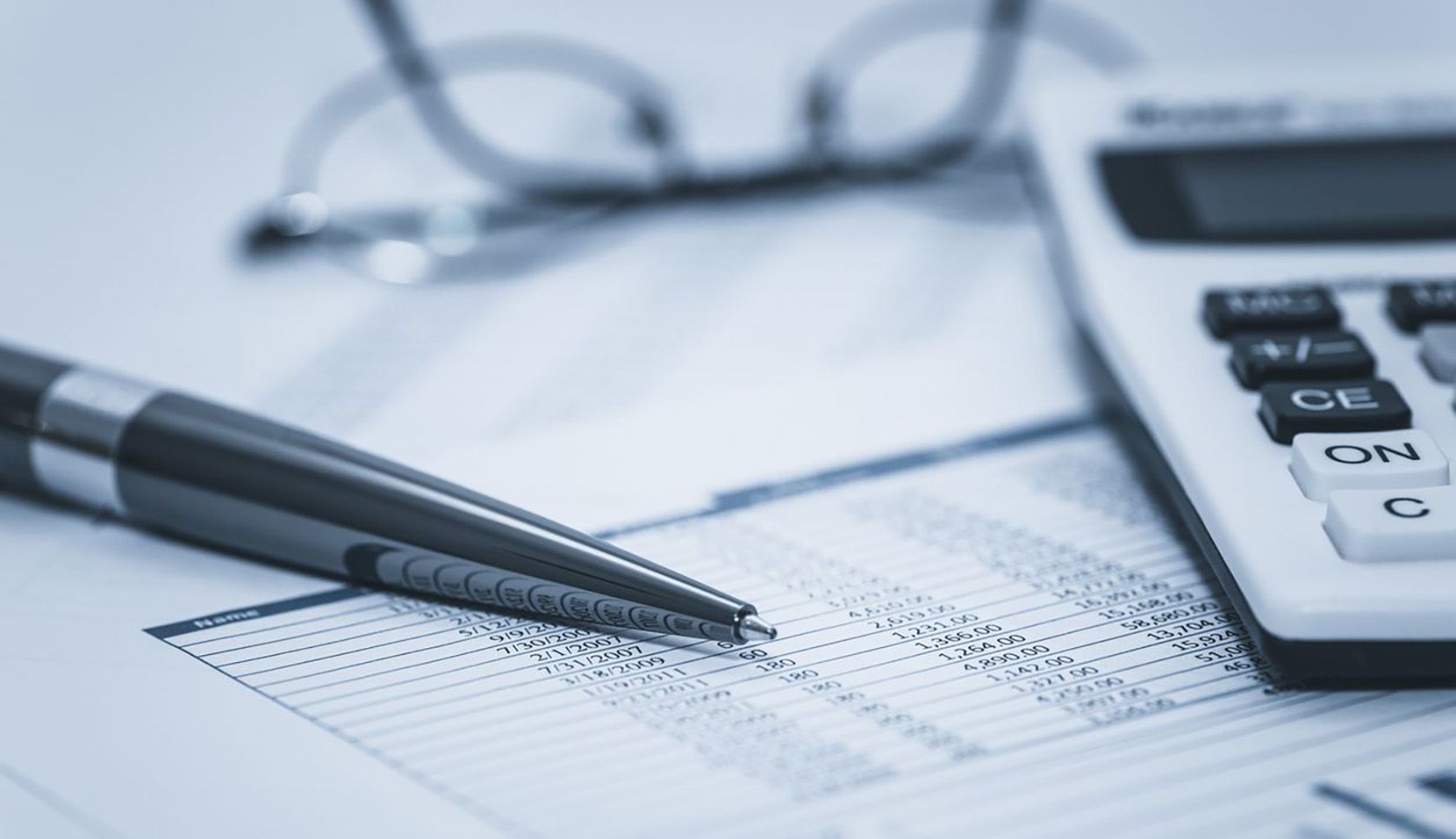
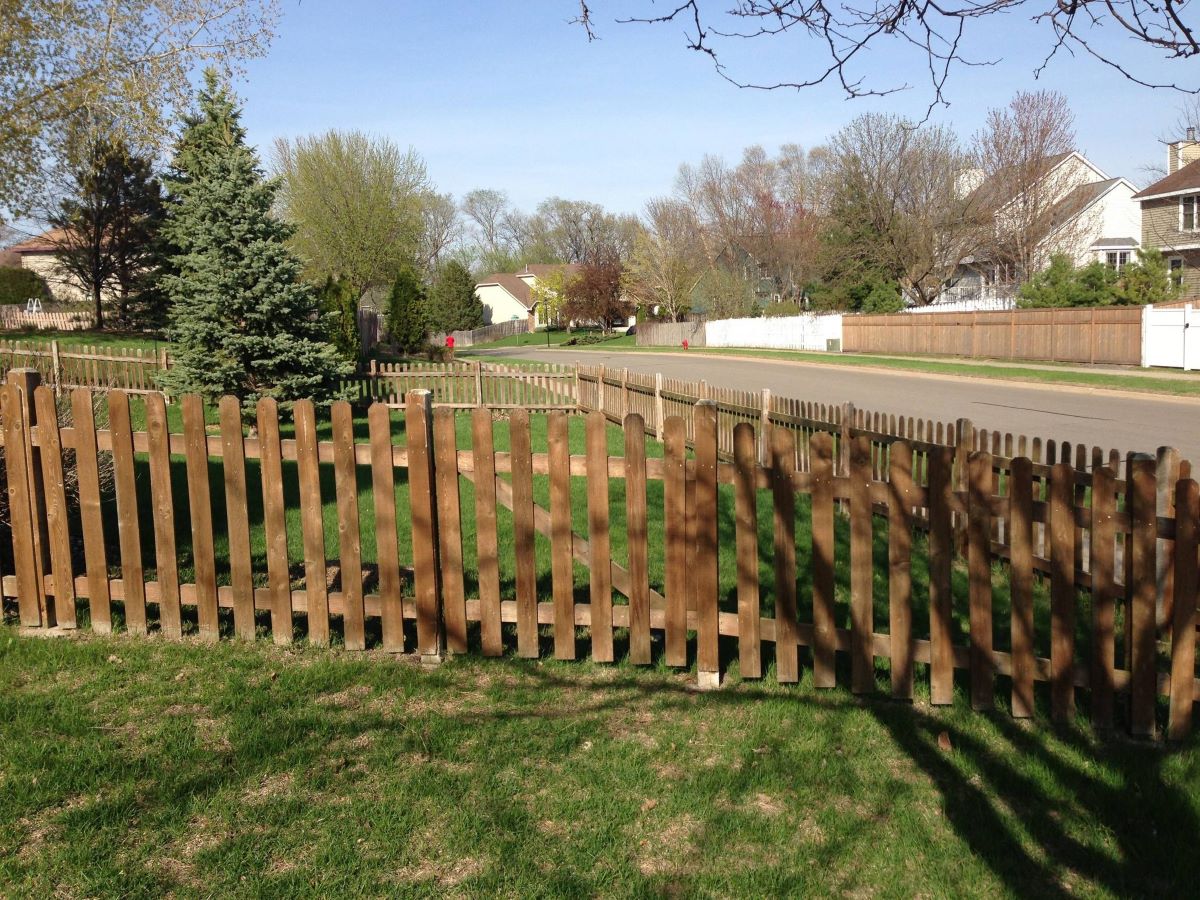

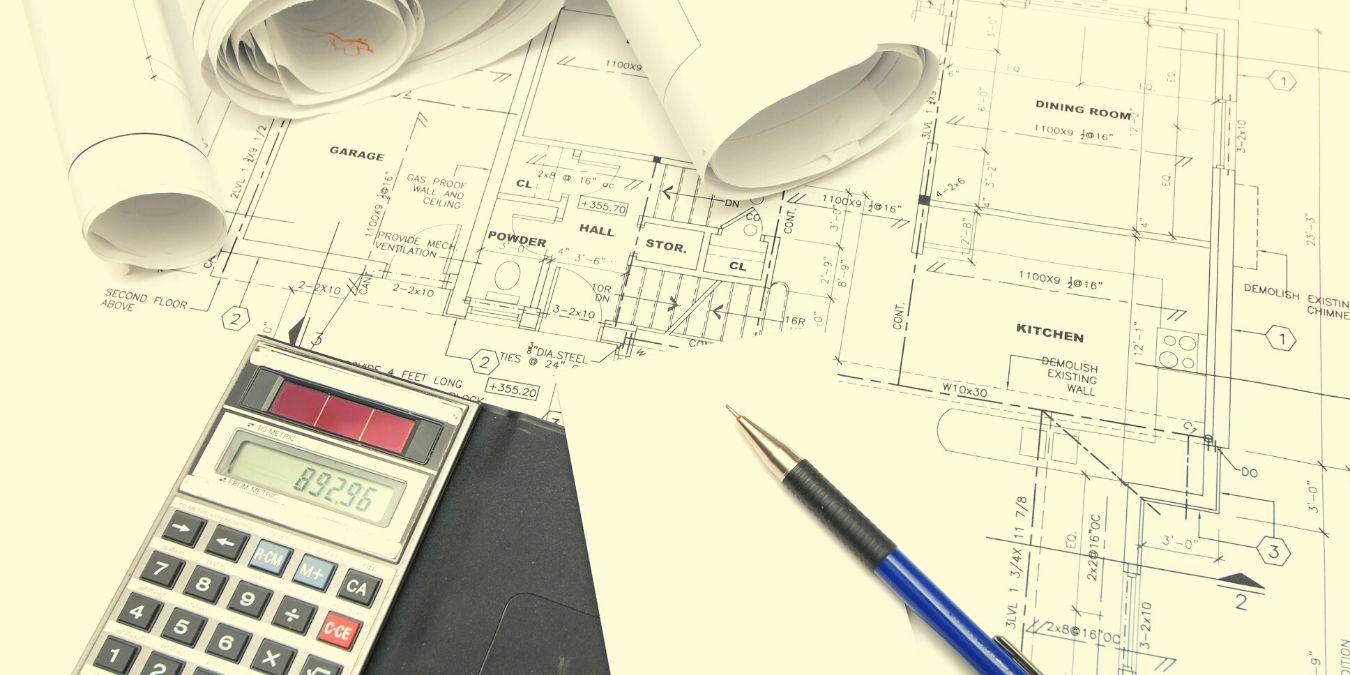

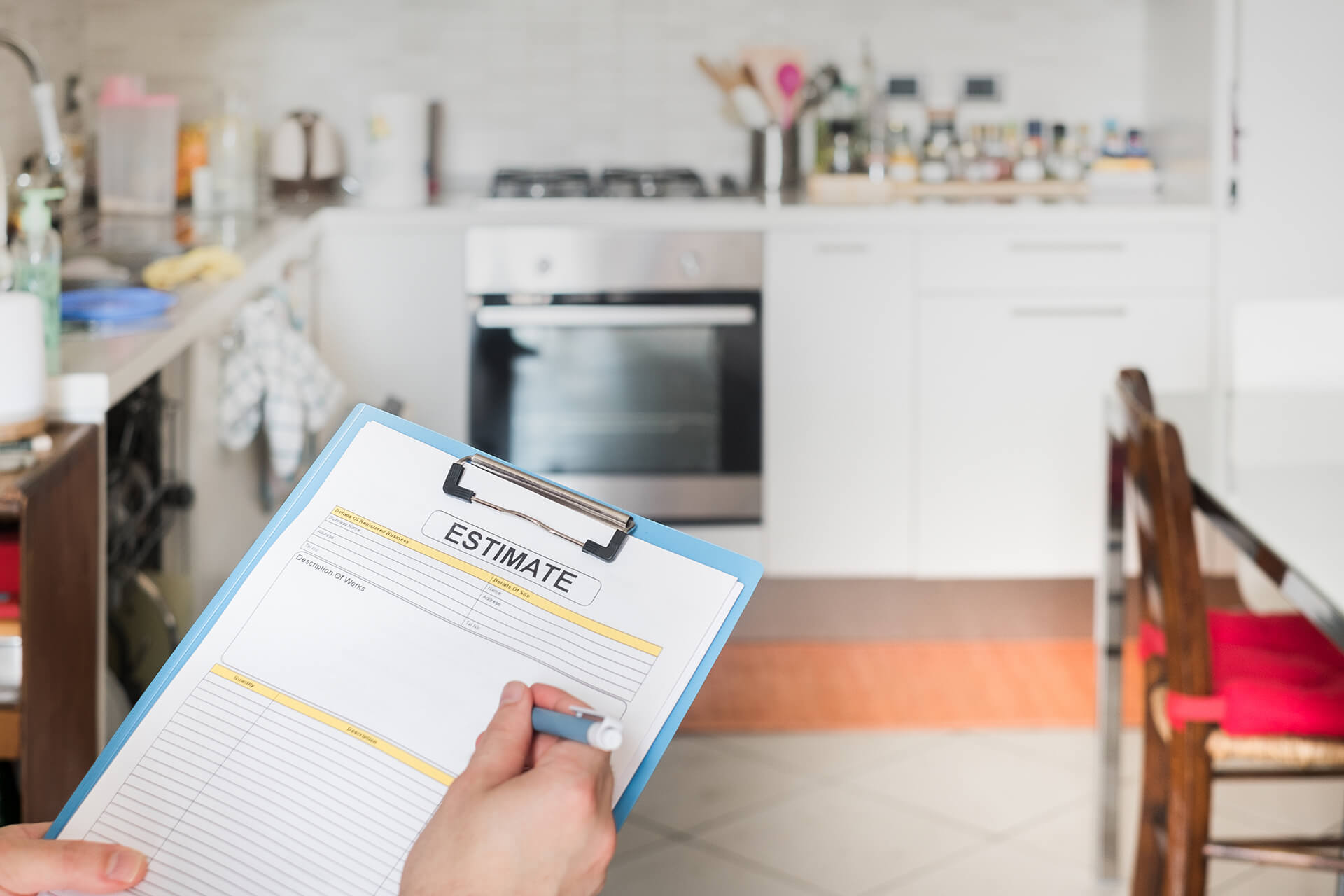


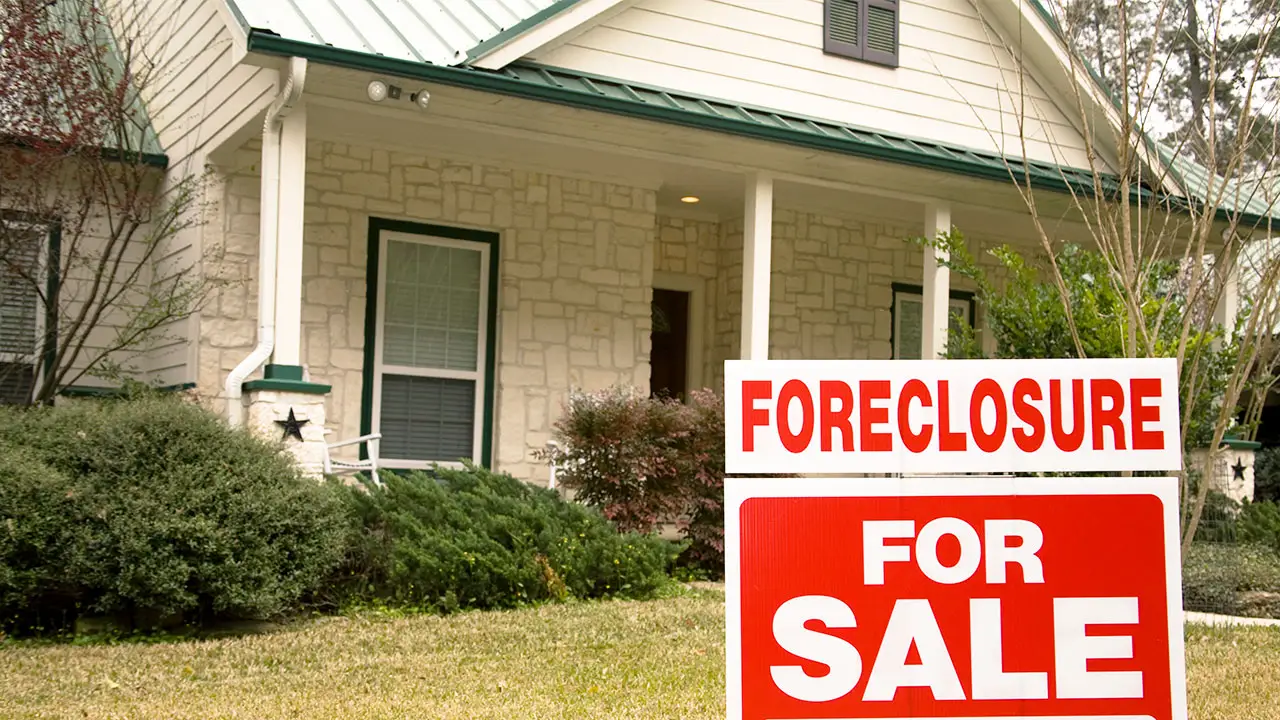
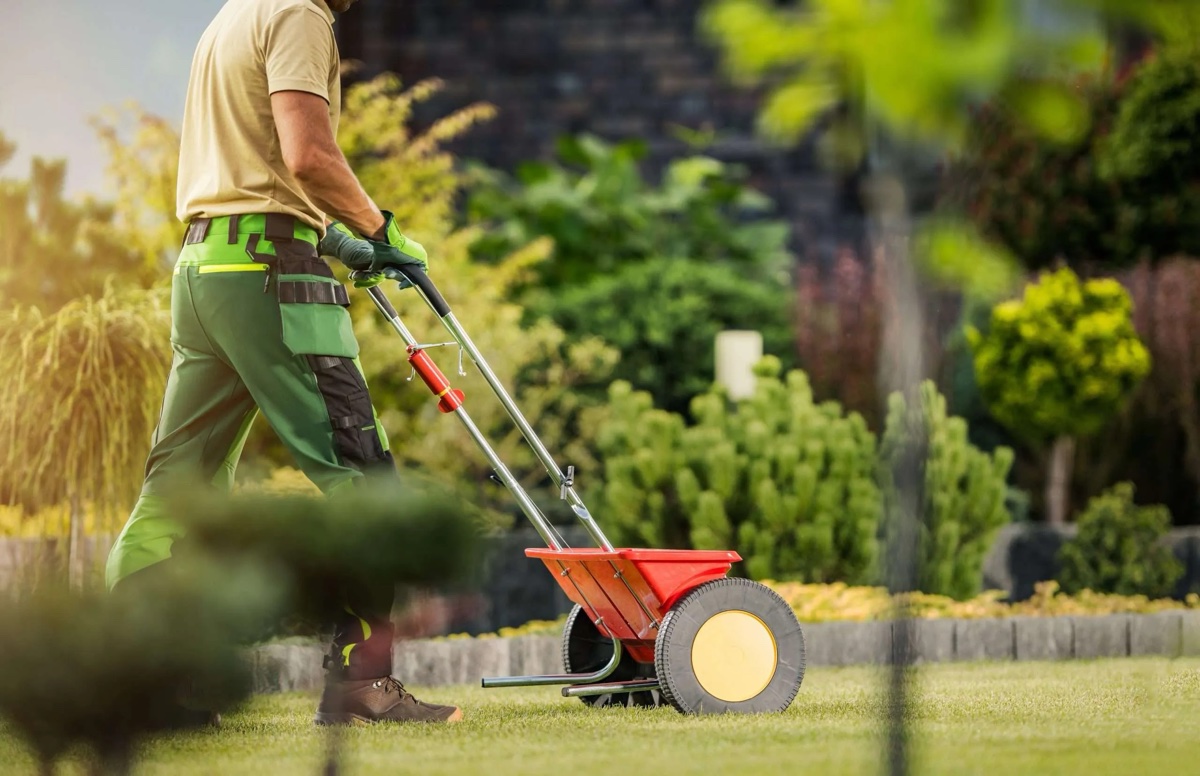

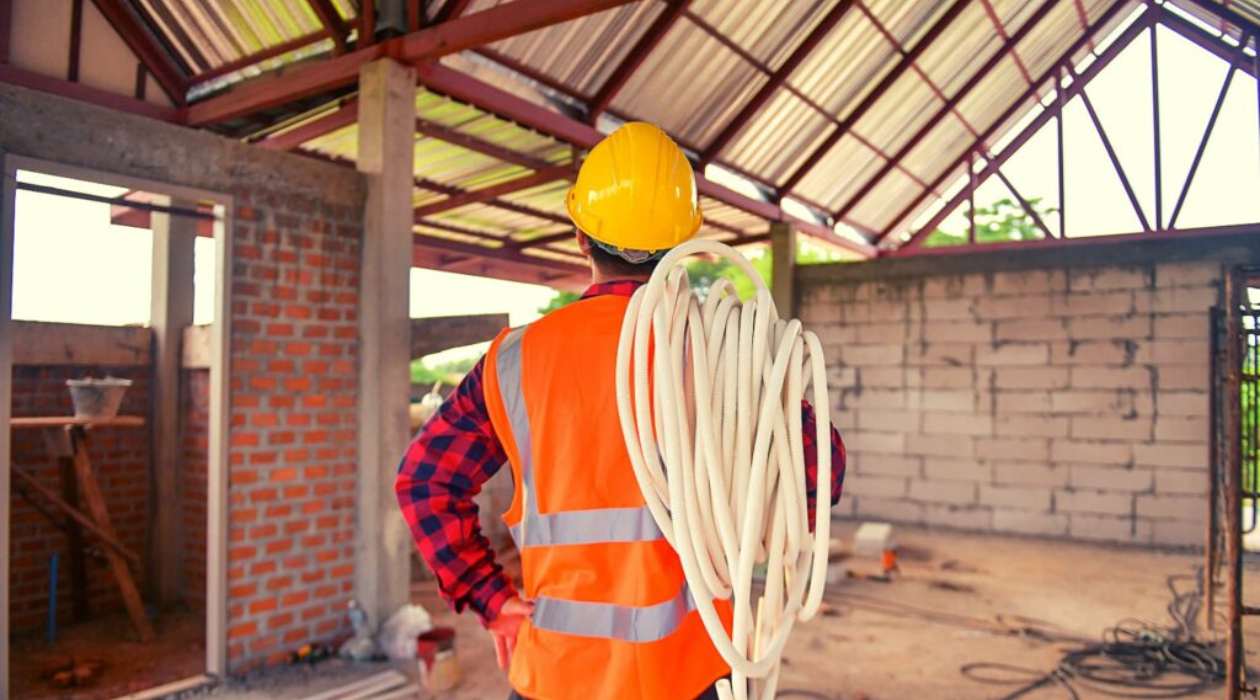


0 thoughts on “How To Estimate Home Repairs”